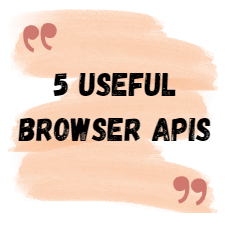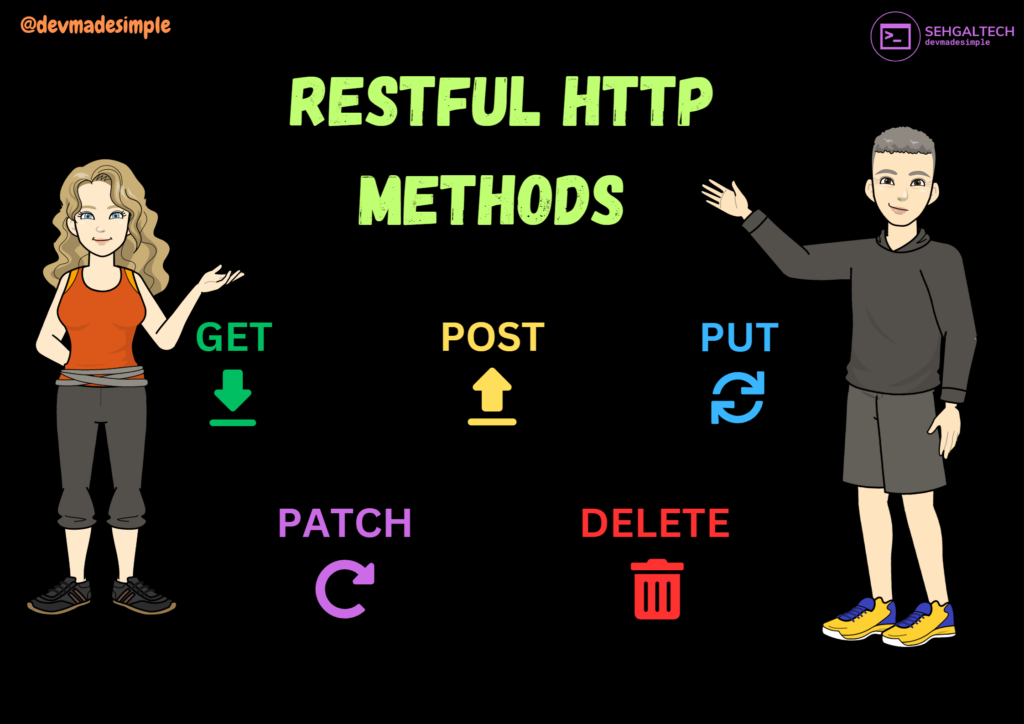
The term REST, or Representational State Transfer, has become a buzzword in Web development circles in recent years. It refers to a set of design principles that guide the development of Web services that are efficient, scalable, and easy to maintain. One of the most important components of a RESTful service is the use of HTTP methods, also known as verbs. These methods are used to specify the type of request, and the server uses them to determine how to handle the request. In this blog, we will explore the most common RESTful HTTP methods and their purposes.
GET
The GET method is used to retrieve data from a server. When a client sends a GET request, the server responds with the requested resource. GET -Requests are typically used to retrieve data such as web pages, images, and other resources. GET -Requests should be idempotent, meaning that multiple identical requests should have the same effect as a single request.
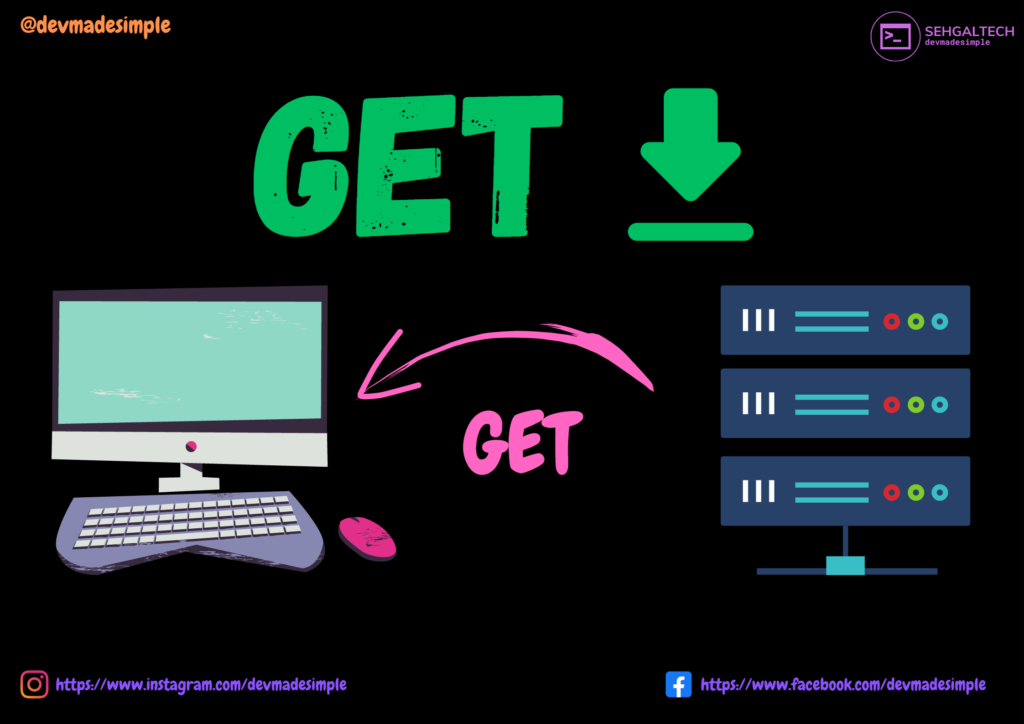
POST
The POST method is used to submit data to a server. When a client sends a POST request, the server stores the data and responds with a confirmation message. POST Requests are typically used to submit forms, create new resources, and perform other actions that change the state of the server. Unlike GET requests, POST requests are not idempotent, which means that multiple identical requests can have different effects.
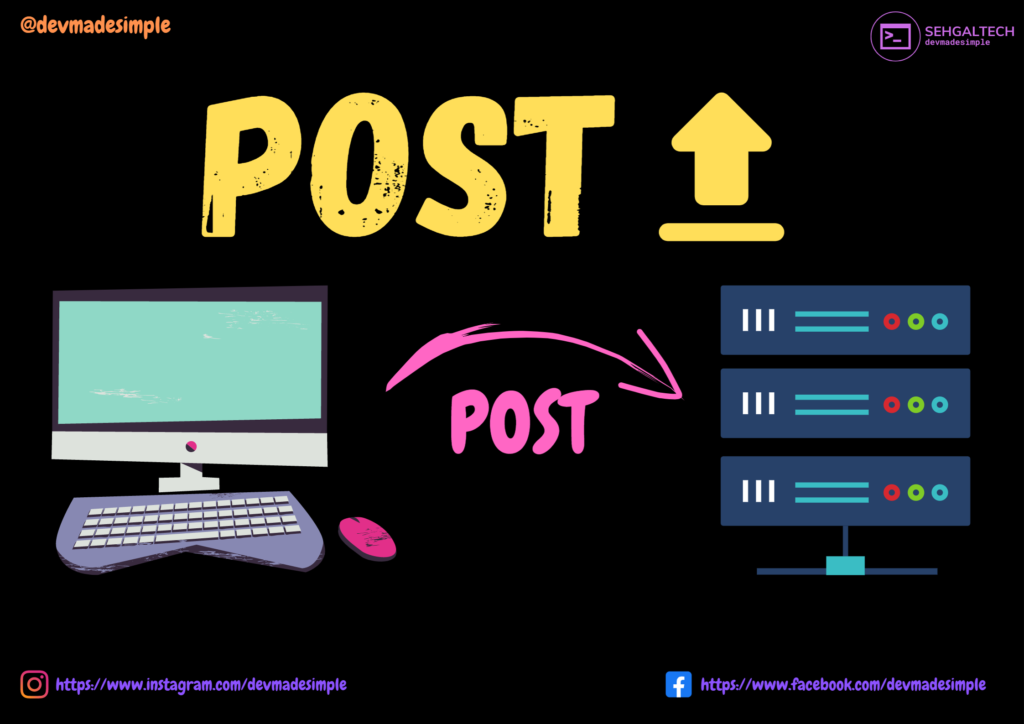
PUT
The PUT method is used to update an existing resource on the server. When a client sends a PUT request, the server updates the resource with the new data specified in the request body. PUT -Requests are idempotent, which means that multiple identical requests should have the same effect as a single request.
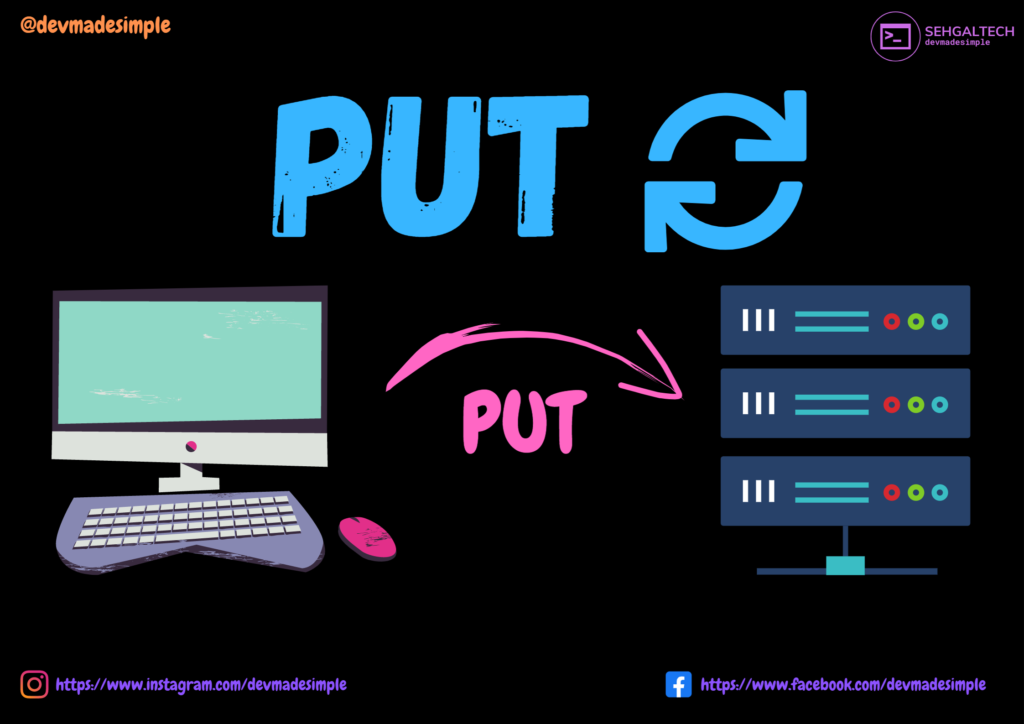
DELETE
The DELETE method is used to delete a resource from the server. When a client sends a DELETE request, the server removes the resource from its database. DELETE Requests are idempotent, i.e. multiple identical requests should have the same effect as a single request.
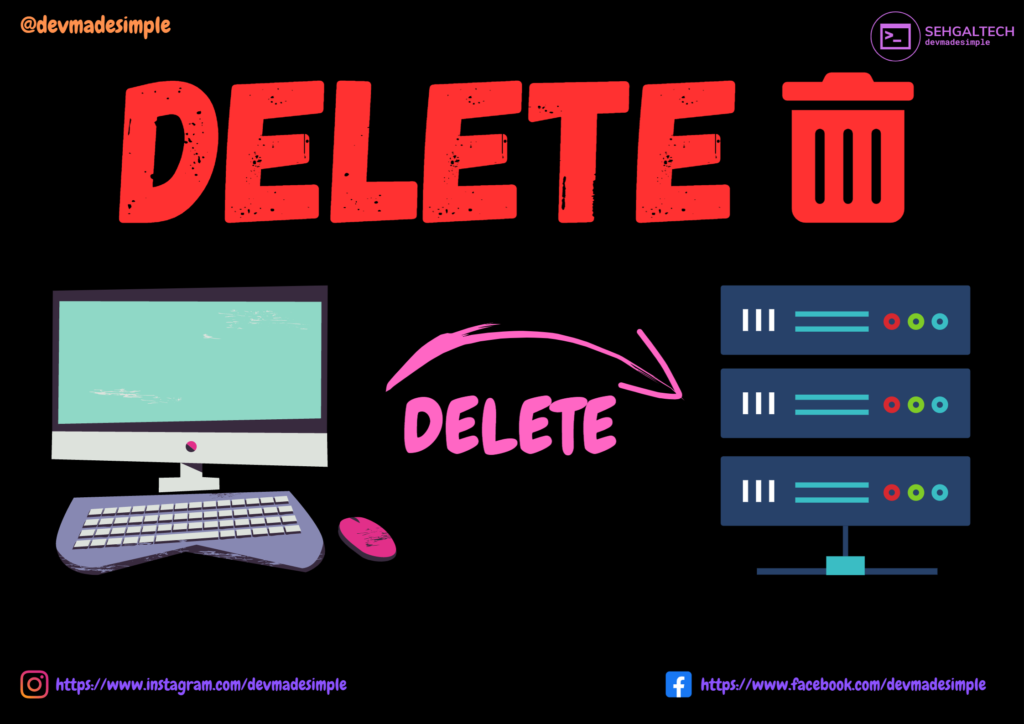
PATCH
The PATCH method is used to change an existing resource on the server. When a client sends a PATCH request, the server updates the resource with the new data specified in the request body. Unlike PUT requests, PATCH requests do not have to update the entire resource. Instead, they can modify specific fields or properties of the resource. PATCH Requests are idempotent, meaning that multiple identical requests have the same effect as a single request.
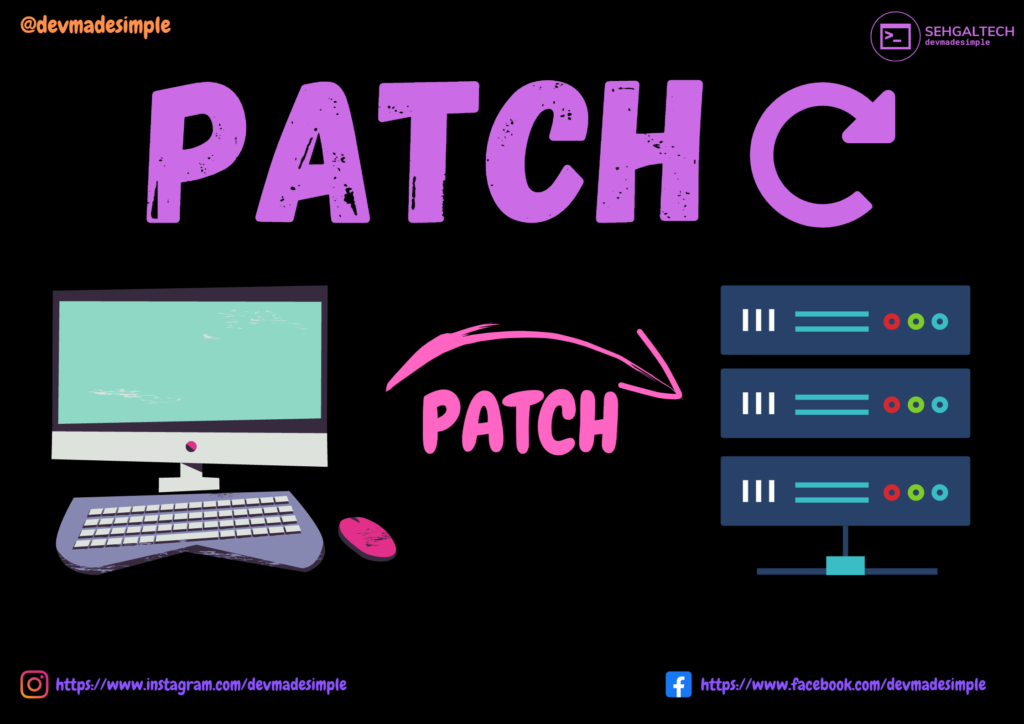
HEAD
The HEAD method is similar to GET, but returns only the headers of a response, not the response body. This can be useful for checking the status of a resource without actually downloading it.
OPTIONS
The OPTIONS method is used to retrieve information about the communication options available for a resource. When a client sends a OPTIONS request, the server responds with a list of HTTP methods supported by the resource and any other available communication options.
Summary
In summary, understanding the different HTTP methods is essential for designing and implementing RESTful web services. Each method has a specific purpose, and using them correctly can help ensure that your web service is efficient, scalable, and easy to maintain.
